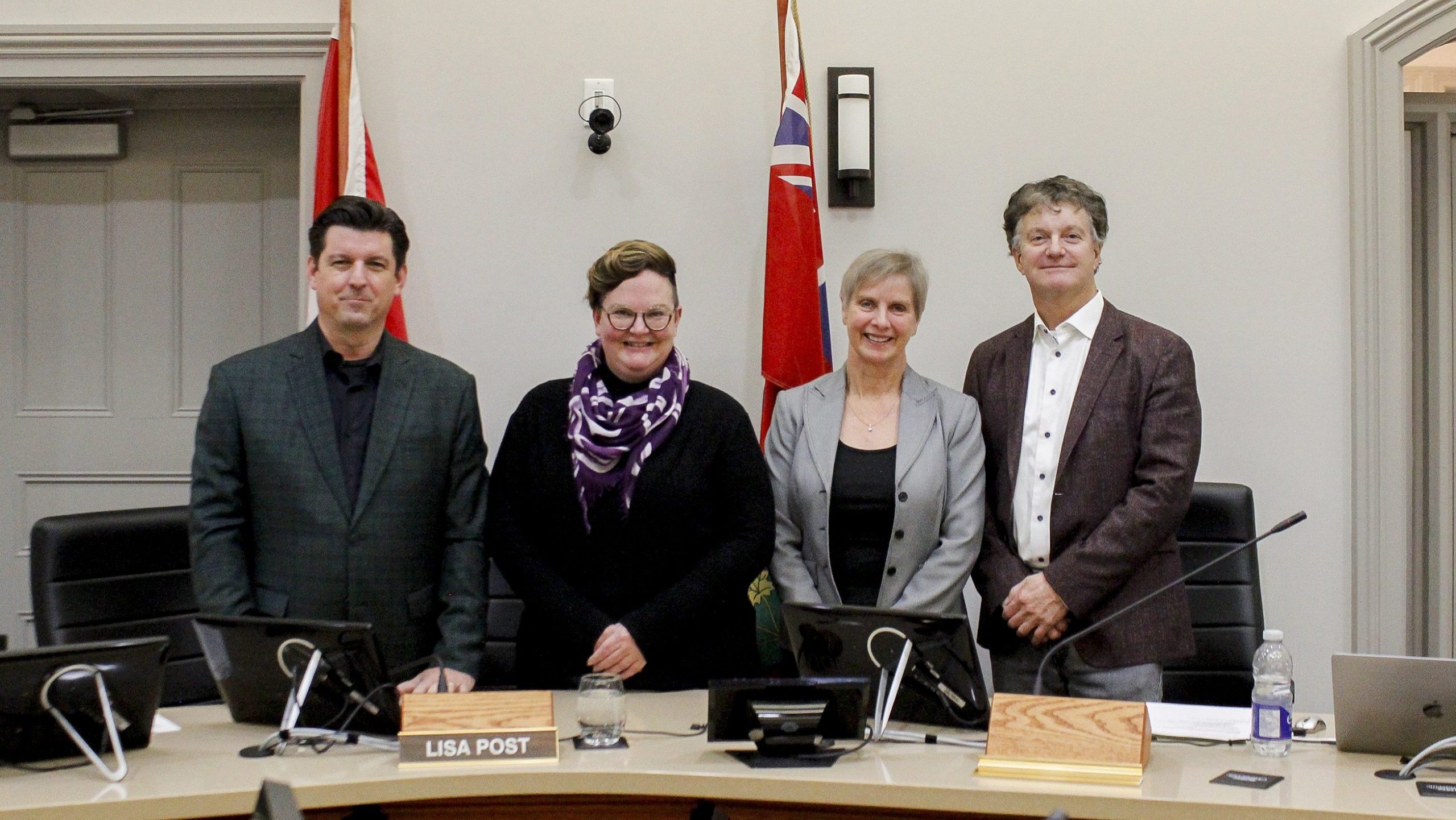What is Open Data?
Open Data is structured, machine readable data that is made freely available online for anyone to download, modify, build on and distribute without any legal or financial restrictions in a way that is easy to access (eg. searchable website) and in a format that is simple to reuse (eg. tables in an Excel spreadsheet).
Under an Open by Default approach, all data is required to be made open and available by default, unless there is a legal, privacy, security, confidentiality or commercially-sensitive reasons reason for it to remain confidential/closed.
The data we use is from the thousands of datasets governments already collect, generate and maintain for their own use that have been made available through Open Data initiatives.
Ontario’s Digital and Data Directive, 2021 aims for the delivery of high-quality digital services, transparency of and access to government data. It’s principles are as follows:
- Prioritization of user needs – The needs of the user, determined through research and testing, are the first consideration in digital service delivery and the release of open data.
- Transparency – Government operates in a way that is easy for others to see what, why and how something is done.
- Equitable access – Access is equally available to all users.
- Data informed – The use of data is considered in decision-making.
- Continuous improvement – Government works in a way that demonstrates on-going, iterative improvement that is responsive to user need and supportive of the realization of benefit.
Municipal Open Data portals in Ontario
Canada’s federal Open Data portal has over 32,000 records and the Ontario Data Catalogue has more than 2,500 datasets published by the government of Ontario.
Here are the municipal open data portals in Ontario:
What is an Open Data portal?
What data does a municipal Open Data portal have?
- Business and economy
- Community
- Census
- Environment
- Government
- Election results
- Elected officials
- FOI tracking
- Voting
- Employee travel allowance
- Infrastructure and facilities
- Roads
- Waters
- Land use and boundaries
- Parcels
- Rooflines
- Recreation and culture
- Parks and playgrounds
- Transportation
Using this data, municipal staff and 3rd parties can develop apps using the available datasets. In Sudbury, some examples are:
- CityTransit using the City of Greater Sudbury’s Transit open data (myBus API)
- Road and Traffic Restrictions
- Report-a-Bear
- Demographics
- Development Tracking



Comments
We want to hear from you! Share your opinions below and remember to keep it respectful. Please read our Community Guidelines before participating.